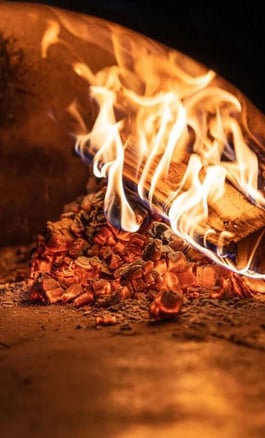Why Does Some Cheese Melt?
Melted cheese is a key ingredient in foods such as pizza and nachos. Without the melted cheese these two foods just would not be the same, and therefore, mozzarella is synonymous with pizza as cheddar is with nachos. The stringy and soft texture of melted cheese just makes these foods what they are. Besides, who doesn’t love the savory flavor of cheese?
But what makes these cheeses melt so easily? Well, to answer that question let’s take a look at what’s inside the cheese. There are many interior factors that cause a certain cheese to melt better than others.
Fat Content
The first factor that determines how well or how poorly a cheese melts is the fat content in the cheese. If the cheese has a higher fat content, such as mozzarella, it will melt better than a cheese that is classified as fat-free or low fat. This is because the fat allows the molecules in the cheese to spread easier. However fat content is not the only factor that determines a cheese’s ability to melt.
Water Level
Another factor in melting cheese is the water level. Cheeses with lower water levels will not melt as well as cheeses with higher water levels. This is because the molecules in dense cheese do not have much room to flow, even after the cheese is fully melted. Parmesan is an example of cheese that does not have a high water level. Parmesan cheese will not get runny when it it melted.
Curdling
All cheese is curdled. But the manner in which the cheese is curdled can make it impossible to melt. Cheeses like fresh goat cheese and ricotta cheese will never melt because they were curdled with acid. Most cheeses, the cheeses that melt, are curdled with rennet.
Because certain cheeses melt better than others, they are key ingredients in recipes that call for melted cheese. Some of these foods include pizza and nachos, and would not be the same without the right cheese.






